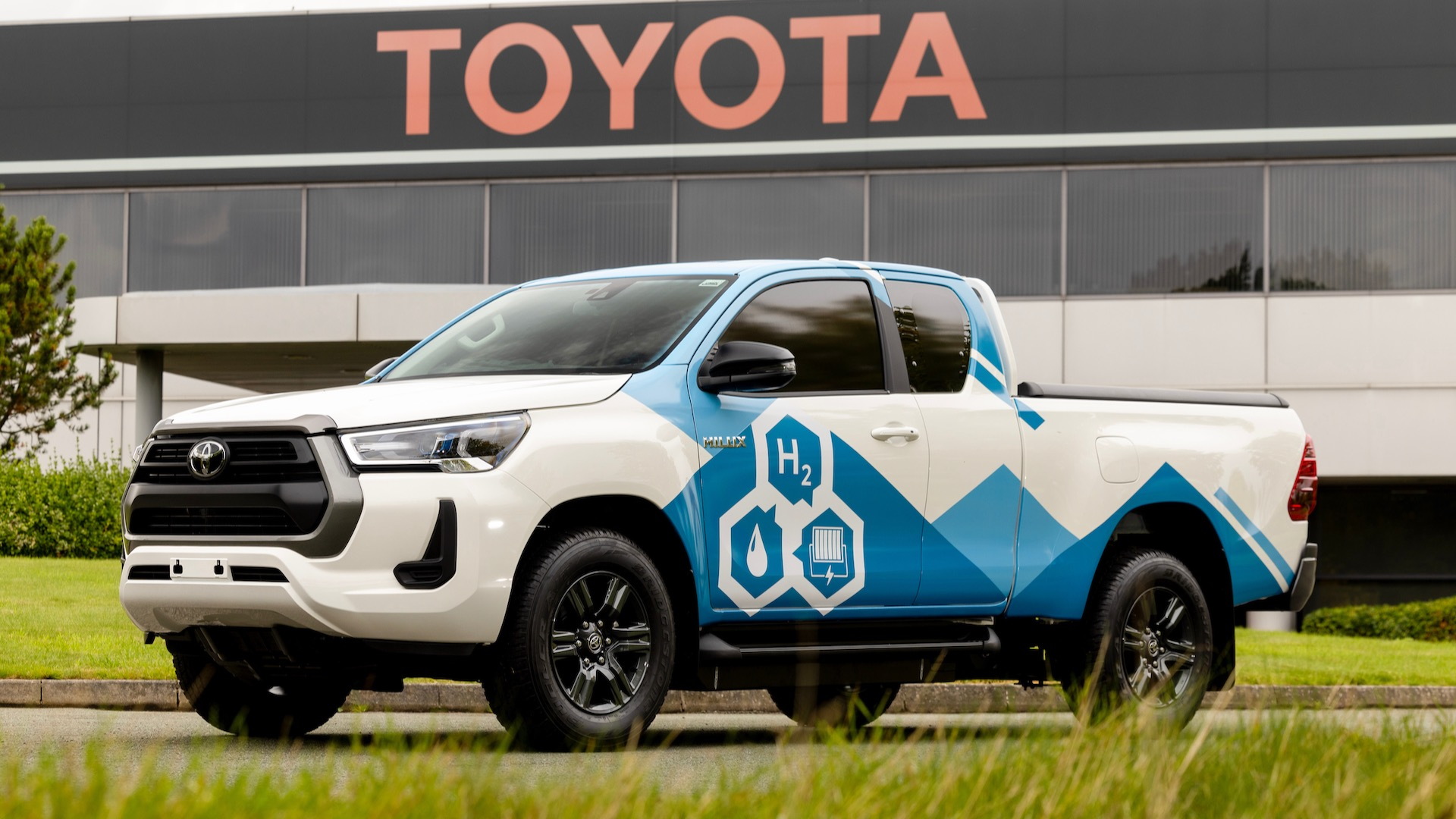


A vehicle laden with hydrogen will be more vulnerable in case of a major accident. Compared to gasoline, natural gas, and propane, hydrogen is more flammable in the air.Ī concern is the higher energy content of hydrogen poses risks as auto fuel. Hence shortage of water can be a key hindrance in green hydrogen manufacturing.Ĭombustibility: Its flammability and its lightness mean that hydrogen, like other fuels, needs to be properly handled. Accordingly, a large-scale (1 GW) electrolyser, producing 0.15 million tonne of hydrogen, would consume about 3 million tonne of water. Water availability: For producing 1 kg of hydrogen, 9 kg of water as input is required. Companies using the incentives for mass scale production could certainly compete on cost. With a price decline for both electrolysers and renewables, NITI Aayog expects the cost of green hydrogen to fall to approximately US$2 per kg by 2030 and US$0.7 per kg by 2050.The government recently approved incentives of ₹170 bn to be allotted for electrolyser and green hydrogen manufacturing in the country. One million tonne of green hydrogen corresponds to around 11-13 GW of electrolyser capacity.Īccording to NITI Aayog, at present, the cost of hydrogen production through electrolysis ranges from US$ 4-10 per kg based on the technology used. The government's National Hydrogen Mission has proposed building giga factories to produce green hydrogen.īut there are three factors you must keep in mind before you decide to load up on green hydrogen stocks.Ĭost of Electrolyser: Green hydrogen is produced by splitting water into hydrogen and oxygen using an electrolyser. At about US$1 per kg, India could become the lowest-cost producer in the world.

The cost of green hydrogen in the country is expected to fall to about one-fourth of global levels. Now, India has the advantage of low cost. The objective is to reduce fossil fuel usage and increase penetration of green fuels. Last year, the government launched the country's first Green Hydrogen Policy. This could be a gamechanger in strengthening energy security and powering the energy transition. Green hydrogen also helps reduce carbon emissions. The only way out is tapping as many green resources as possible. This means, at the current rate, our energy import bill will triple by 2040. Of this, green electricity is only 17%.Īs per estimates, if the size of the economy must double in the next decade, India's energy consumption will grow 5-10x. The path to energy security goes through a mix of oil, coal, blended fuels, natural gas, renewables, and electricity.Īs per Niti Aayog, US$3.1 trillion economy needs 1,650 billion units (BU) of power, made from nearly 400 GW of capacity. India is aiming for carbon neutrality by 2070. India is and will remain energy-starved if it has to grow its manufacturing capabilities and adopt greener energy. Hydrogen is expected to serve as a primary industrial fuel in the 21st century, just as coal drove the 19th century and oil drove the 20th century.ĭecarbonised hydrogen produced by splitting water into hydrogen and oxygen offers renewable electricity.īut how is the resource economically viable?


 0 kommentar(er)
0 kommentar(er)
